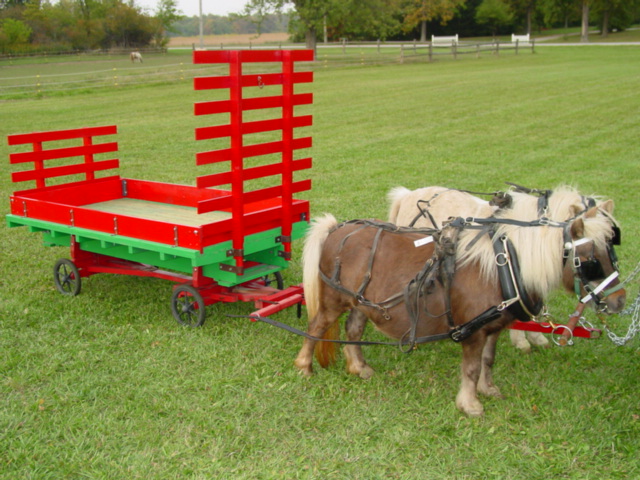As I mentioned in an earlier post, I lengthened the hay wagon running gear I've got some 3 ft. Should give me a very nice 14 or 16 ft wagon.
Now it's time to design/build a wagon bed.
Been reading a lot of posts regarding wagon design, but have a few questions.
Firstly, my thought was all rough oak. Oak for the beams spanning the front and rear axles/wheels, oak 4x4's perpendicular on top of them and oak planks on top of that making the bed surface - parallel with the length of the wagon.
For whatever reason, I just thought all hay wagons beds were made of oak. I removed the old beams from the wagon I've got, they were 4x8x10ft oak and those things were HEAVY!!! A wagon totally made of oak - I think would be very heavy before any hay was loaded.
In doing some reading, I'm finding some folks are just using treated pine wood vs oak - I guess the thought is lighter and yet durable? What are your thoughts on oak vs treated pine for strength and longevity?
Second thing I've found is - that not every hay wagon uses 4x4 cross pieces - perpendicular to the main beams, etc., construction as I mentioned above. Some pics I see show planks fastened directly to the main beams - perpendicular to it making for the wagon bed surface. Anyone built/using a wagon with this design? My concern is that the perpendicular direction would/could be a tripping hazard if a plank got loose/warped? Also just having the planks cantilevered with no support beneath - any fear of breaking through with a stack of hay on the parimeter or someone walking on it? 1 or 2 inch planks used?
Any tips/advice much appreciated.
Thanks!
Bill
Under edit: My bad - I thought I was posting under Implement Alley section.
Now it's time to design/build a wagon bed.
Been reading a lot of posts regarding wagon design, but have a few questions.
Firstly, my thought was all rough oak. Oak for the beams spanning the front and rear axles/wheels, oak 4x4's perpendicular on top of them and oak planks on top of that making the bed surface - parallel with the length of the wagon.
For whatever reason, I just thought all hay wagons beds were made of oak. I removed the old beams from the wagon I've got, they were 4x8x10ft oak and those things were HEAVY!!! A wagon totally made of oak - I think would be very heavy before any hay was loaded.
In doing some reading, I'm finding some folks are just using treated pine wood vs oak - I guess the thought is lighter and yet durable? What are your thoughts on oak vs treated pine for strength and longevity?
Second thing I've found is - that not every hay wagon uses 4x4 cross pieces - perpendicular to the main beams, etc., construction as I mentioned above. Some pics I see show planks fastened directly to the main beams - perpendicular to it making for the wagon bed surface. Anyone built/using a wagon with this design? My concern is that the perpendicular direction would/could be a tripping hazard if a plank got loose/warped? Also just having the planks cantilevered with no support beneath - any fear of breaking through with a stack of hay on the parimeter or someone walking on it? 1 or 2 inch planks used?
Any tips/advice much appreciated.
Thanks!
Bill
Under edit: My bad - I thought I was posting under Implement Alley section.







